Category: Uzbekistan culture
On February 28, 2012, the Fine Art Gallery of Uzbekistan carried out opening ceremony of the exhibition "Buddhist heritage of Uzbekistan".
During thousands years, the territory of Uzbekistan was the habitat of various ethnic mixings, religious beliefs, traditions and cultures. In ancient times, Buddhism was penetrating into Bactria from India, thus, developing unique Buddhist culture in the region. As researchers say, Central Asia was served as a translator of Buddhism to China and Far East.
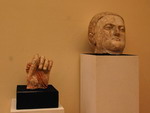 |
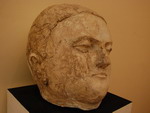 |
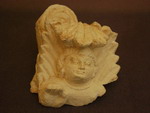 |
The most famous and ancient monuments of Buddhism in Central Asia were found in the south of Uzbekistan, which territory in 1-3 centuries AD was a part of the one of the greatest empires of the ancient world - the Kushan Empire. Buddhist heritage of Uzbekistan includes such monuments as cave - ground churches and monasteries in Karatepe, Fayaztepa, Zurmala stupa, Buddhist monasteries in Ayrtam, Darverzintepa and Zartepa. One of the most important major Buddhist centers of the Kushan Bactria was Tarmita city - Termez.
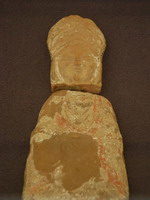 |
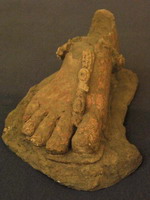 |
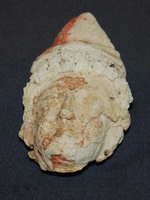 |
Studying of Buddhism in Central Asia began in 1932, when were found stone blocks with relief images near Ayrtam. Buddhist culture of Uzbekistan includes magnificent buildings, wall paintings, sculptures, numismatics as well as ceramics and inscriptions. The artifacts, which were found in the South of Uzbekistan, are great contribution to the world Buddhist culture.
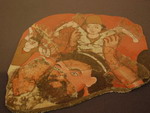 |
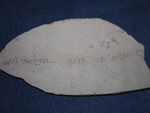 |
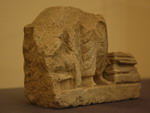 |
Following to canonical system of figurative forms of the Buddhist art, Baktri masters brought their own skill and traditions into architectural décor. This testifies the distinctive culture of the ancient Bactria. Under the influence of the cultural interference in the South of Uzbekistan in 1-3 centuries AD, there was created a unique art, which became an important part of the world Buddhist art, which, today, we have to study, preserve and promote as distinctive historical and cultural heritage.
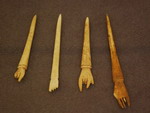 |
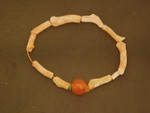 |
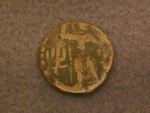 |

